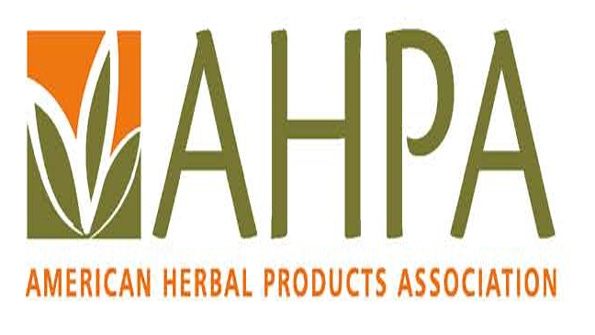Full-day event provided industry stakeholders with info on how to comply with U.S. dietary supplement cGMP regulations.
November 26, 2013

The American Herbal Products Association (AHPA) held its 2013 AHPA Botanical Congress: Practical Approaches to Verifying Identity on Nov. 16 in conjunction with SupplySide West in Las Vegas.
The full-day event convened supplement industry veterans to provide industry stakeholders, including ingredient suppliers and product manufacturers, with information about how to comply with U.S. dietary supplement current good manufacturing practice (cGMP) regulations (21 CFR 111). Experts provided information on finished-product testing and verification of botanical ingredients' identity using "scientifically valid" methods. The event also featured roundtable-style discussions with legal and regulatory experts and interactive, hands-on activities focused on identity testing methods and technologies.
"You have to be able to identify every ingredient in different forms such as whole plants, plant parts, powders, and extracts," said Anthony Young of Kleinfeld, Kaplan and Becker and AHPA's general counsel, who participated in the regulatory panels. "This goes beyond verifying the certificates of analysis and other self-affirming specifications your supplier has provided you. It's a fundamental requirement that regularly trips up manufacturers."
"Manufacturers should document their identity verification methods," said Tamika Cathey, a former FDA inspector and currently an independent regulatory consultant. "In addition, manufacturers that rely on outside laboratories to verify the identity of botanicals should audit those laboratories to ensure the reliability of test results that are generated."
Several identification verification technologies and methodologies were demonstrated during the congress, including organoleptic analysis, high performance thin layer chromatography (HPTLC), nuclear magnetic resonance (NMR), flash chromatography, Fourier transform infrared and near infrared spectroscopy (FTIR/NIR) on a variety of botanical ingredients. Breakout workshops included interactive communication with experts from ChromaDex, Bruker BioSpin, CAMAG, Grace, Alkemist Laboratories, and Botanical Liaisons. In addition, representatives from U.S. governmental offices, including the National Institute of Standards and Technology (NIST) and the Office of Dietary Supplements at the National Institute of Health (NIH-ODS) discussed with participants method development process, standard reference materials, and extract identification.
"This unique event convened experts to cover many angles of the botanical identity verification from regulatory requirements to technology solutions," said Maged Sharaf, Ph.D., AHPA's chief science officer. "The congress provided stakeholders with regulatory and technical solutions to ensure they meet the requirements for identity verification according to the current good manufacturing practice (cGMP) regulations.
Discussing the use of organoleptic testing to determine botanical identification, Trish Flaster of Botanical Liaisons noted that the task for manufacturers is taking subjective tests to make them objective enough that they become a valid method.
"First, create a taste panel," she said. "You can then develop specific standards for each herb by creating description words that can be applied to each. Additionally, the total analysis is not based on just gustatory taste. It also includes tactile and olfactory tests--how the herb smells and the odor it gives. The descriptions become part of your in-house sensory program that allows you to qualify your incoming in-house materials."
Joseph Betz, Ph.D., the director of the analytical methods and reference materials program at NIH-ODS stressed the importance of using methods that are appropriate for the intended purpose and showed how orthogonal methods used in tandem, can provide identification with increasingly reduced margins of uncertainty.
Attendees were also provided with valuable resource documents, including two articles originally published in Nutraceuticals World, "Botanicals: Not Your Simple Chemical Ingredients" and "Extracts: Not Single Chemical Ingredients." AHPA's guidance document, Organoleptic Analysis of Herbal Ingredients, a 37-page guidance document intended to provide useful information for companies that want to use sensory analysis for identifying herbal ingredients was also distributed to attendees and is available free to AHPA members via the AHPA online bookstore. Non-members can purchase the guidance from the AHPA online bookstore for $250.

You May Also Like


